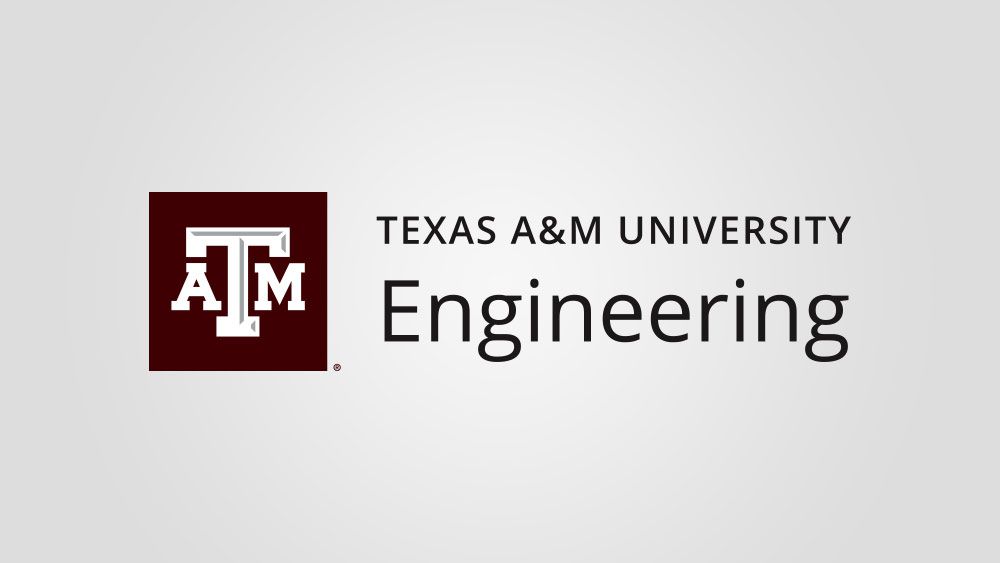Fusion power breakthrough successfully repeated
For the second time, U.S. researchers have achieved net energy gain in a nuclear fusion reaction. The amazing feat, which uses lasers to fuse two atoms, brings investigators one step closer to discovering a near-limitless, safe, and clean source of energy.
Scientists at the California-based Lawrence Livermore National Laboratory repeated the breakthrough in an experiment in the National Ignition Facility (NIF) on July 30 that produced a higher energy yield than in December, a Lawrence Livermore spokesperson said. The final results are still being analyzed, the spokesperson added.
Nuclear fusion involves smashing together light elements such as hydrogen to form heavier elements, releasing a huge burst of energy in the process. The approach, which gives rise to the heat and light of the sun and other stars, has been hailed as having huge potential as a sustainable, low-carbon energy source.
On December 5, 2022, Lawrence Livermore first achieved a net energy gain in a fusion experiment using lasers. That experiment briefly achieved what’s known as fusion ignition by generating 3.15 megajoules of energy output after the laser delivered 2.05 megajoules to the target, the Energy Department said.
In other words, it produced more energy from fusion than the laser energy used to drive it.
The U.S. Department of Energy called it “a major scientific breakthrough decades in the making that will pave the way for advancements in national defense and the future of clean power.”
Fusion energy raises the prospect of plentiful clean power: the reactions release no greenhouse gases or radioactive waste byproducts. A single kilogram of fusion fuel, which is made up of heavy forms of hydrogen called deuterium and tritium, provides as much energy as 10 million kilograms of fossil fuel. But it has taken 70 years to reach this point.
Scientists cautioned that the technology is far from ready to turn into viable power plants—and is not about to solve the climate crisis—but have hailed the latest breakthroughs as evidence that the power of the stars can be harnessed on Earth.
Source: ASM International







